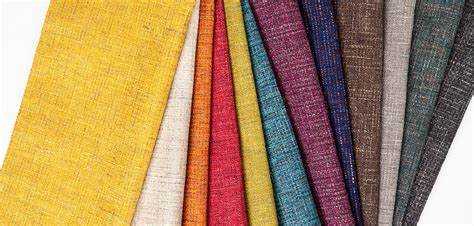Why do textile testing and other fabric testing?

Textile fabric testing is an expensive business. A professional textile testing laboratory must be established and equipped with a series of testing equipment. It also requires a group of professional technicians to enter the operation. So why do textile testing and other fabric testing?
In the production cycle, a variety of textile testing equipment can be used to test textiles to improve products. Before textile testing, we should understand fabric defects. Grey fabric failures can be divided into the following categories:
1. Spinning failure
Blackhead
Count change
Shadow change
Pleated yarn
Polypropylene
2. Warpage failure
Extra end/double end
Loose end
3. Wrong size
Hard size/size hole/over size
Sizing stains
Sizing Ball/Beeds
4. Production failure
Factors affecting wear resistance
Factors that have been found to affect wear resistance include:
The factors that affect the results of the wear test include: abrasive type, pressure, speed, tension, wear direction, etc. "An obstacle is a circle of fibers that pulls out of the fabric when it comes in contact with a rough object." Burrs will detract (take away) the appearance of the fabric, but will not degrade any of its other characteristics.
Fabrics made of bulked continuous filament yarns and long floating woven fabrics will encounter this problem:
1. The crease of the fabric
Crease angle
"The angle between the two limbs of the sample after crease under standard conditions is called the crease angle." This angle is a measure of the wrinkle resistance of the fabric.
2. Wrinkle resistance
"The ability of a textile fabric to resist deformation of its shape is called wrinkle resistance." (More resistance means fewer creases.)
3. Nail head hook test
The mace collusion test is a comparative test for the collusion of knitted fabrics of textured polyester yarn. In the test, a metal ball with spikes bounced back to the sleeve of the test fabric randomly as it rotated. The spikes only capture the loops at a specific location, so it is important to test the two directions of the fabric.
4. Crease recovery
"The ability of textile fabrics to recover from creases is called crease recovery"
5. Anti-wrinkle material
"Materials that resist wrinkle or any shape deformation are called anti-wrinkle materials." Anti-wrinkle materials include wool, silk, acetate, cupra rayon, viscose rayon, cotton and linen.
What is textile pilling?
"Small fluff balls or tangled fiber balls formed due to protruding fibers during clothing wearing and washing are called pillings."
The pilling test method is mainly two kinds of instruments used to measure fabric pilling:
1. Martindale Pilling Tester
2.ICI kit
The safety of textile fabrics directly affects people's health, so we must pay attention to the quality and safety of textiles, escort the quality and safety of consumers, and strive to be a quality, powerful and reputable enterprise.
2021-08-10 11:19

